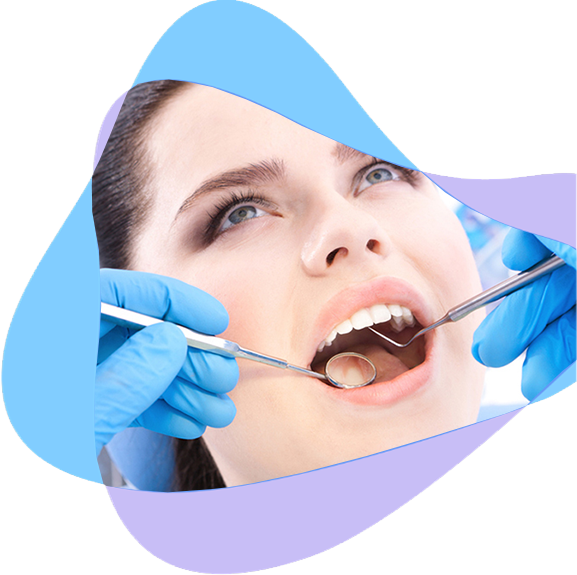A dazzling smile is often considered a universal symbol of health and beauty. As the pursuit of whiter teeth becomes increasingly popular, the dental care market has responded with a plethora of whitening products that extend far beyond the traditional toothpaste. Navigating this landscape requires an understanding of the diverse options available and the factors that differentiate them. Traditional toothpaste has long been a staple in oral care routines, and many brands now offer whitening variants. These toothpaste formulations typically contain mild abrasives and peroxide-based compounds that help remove surface stains. While suitable for maintaining a baseline level of whiteness, toothpaste alone may not be sufficient for those seeking a more dramatic transformation.

For a more potent solution, enamel republic over-the-counter whitening strips and gels are widely available. These products usually contain higher concentrations of peroxide, the primary agent responsible for breaking down stains on tooth surfaces. Whitening strips are applied directly to the teeth and left in place for a designated time, allowing the peroxide to work its magic. Gels, on the other hand, are applied with a brush or tray and left on the teeth for a specified duration. Beyond these conventional options, there has been a surge in popularity for at-home LED whitening kits. These kits typically include a whitening gel containing a higher concentration of peroxide, along with an LED light that is meant to enhance the whitening process. The light activates the gel, accelerating the breakdown of stains and promising faster results compared to traditional methods. For those seeking professional-grade results without a trip to the dentist, over-the-counter whitening trays have gained popularity. These trays are pre-filled with a peroxide-based gel and can be worn for a specific period, delivering a more potent whitening experience than many at-home alternatives. While generally safe, users should follow instructions carefully to avoid potential side effects such as tooth sensitivity.
It is important to note that the effectiveness of whitening products varies from person to person. Factors such as the type and cause of stains, individual tooth sensitivity, and consistency in product use all play a role in achieving desired results. Additionally, users should be cautious of potential side effects, including tooth sensitivity and gum irritation, and consult with a dentist if concerns arise. The realm of dental whitening products extends far beyond the humble toothpaste. From traditional options like toothpaste and whitening strips to advanced LED kits and over-the-counter trays, consumers have a plethora of choices to achieve a brighter smile. While accessibility and convenience have increased, understanding the differences between these products and their potential impacts on oral health is crucial for making informed decisions on the journey to a whiter, brighter smile.
